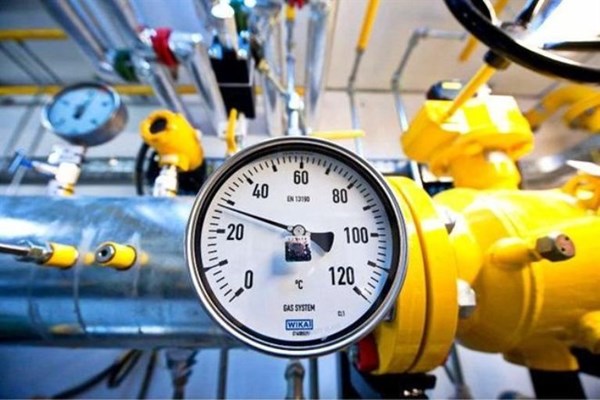Poland prepares a new blow to Russian gas supplies to Europe
Russian gas giant Gazprom continues to face problems in the European gas market, where demand and prices have collapsed and volume of gas in storage has reached a historic record, repots finanz.ru.
Following the failure of the Nord Stream 2 project, which came under U.S. sanctions and did not receive regulatory benefits from the German Federal Network Agency, a key operating pipeline for gas exports to the EU came under attack.
On May 17, the contract for the transit of Russian gas through Poland via the Yamal-Europe pipeline, which pumps 33 billion cubic meters, or almost a fifth of all supplies to the European Union, expires.
The transit agreement was concluded in the 1990s, when Gazprom and Poland's PGNiG formed a joint venture, EuRoPol GAZ with each company owning 48%.
Warsaw does not plan to extend the contract, the operator of the Polish gas transmission system Gaz System announced last summer. From now on the pipeline's capacity will be sold at numerous auctions.
This means that cost of Gazprom's transit through Poland will increase.
Since May, a new Transmission Network Code has come into force in Poland, which has already included an increase in the transit tariff. The main purpose of the new rules is to increase transit revenue, Explained Gaz-System earlier.
Last week, Gaz System sold 80% of Yamal-Europe gas pipeline capacity for the third quarter. Auctions for May and June have not taken place yet. Gaz System promises to hold them later this month.
Poland uses about 18 billion cubic meters of gas per year, of which 10 billion is purchased from Russia under a long-term contract. It expires in 2022 and Warsaw has no plans to renew it. Norwegian as well as LNG imports will replace Russian gas. Poland is currently building connector pipelines with Slovakia, Lithuania and Denmark as part of the Baltic Pipe project.
The increase in transit fees will hit Gazprom's budget, which is already bursting at the seams due to the sharp fall in gas prices. In April, gas prices in European spot market fell to 60 dollars per thousand cubic meters. This is lower than in the Leningrad region ($63) or the Southern Federal District of Russia ($67). Physical export volumes fell by 20%.
Last year Gazprom finished with a negative cash flow of 190 billion rubles ($2.56 billion USD), the number by which the cost of capital construction exceeded revenues from operating activities.
This year, the hole in the company's budget may increase by many times. Gazprom will have to borrow about $10 billion to make ends meet, Fitch predicts.
